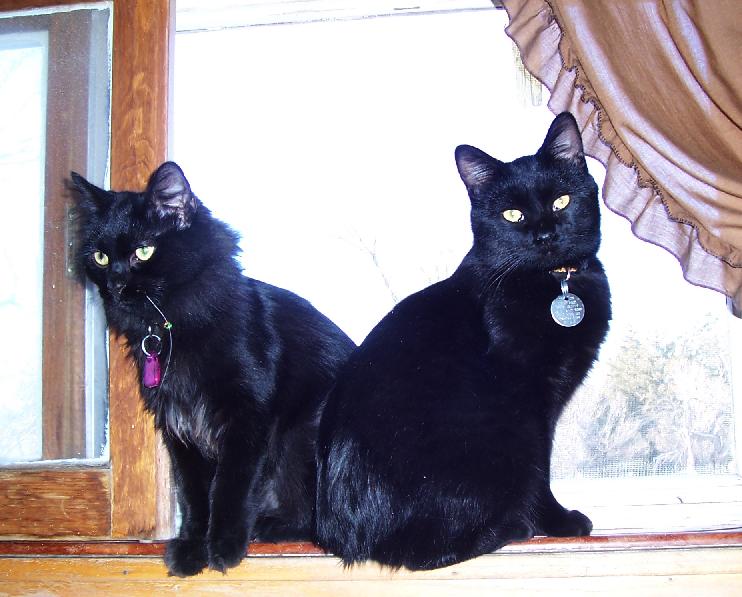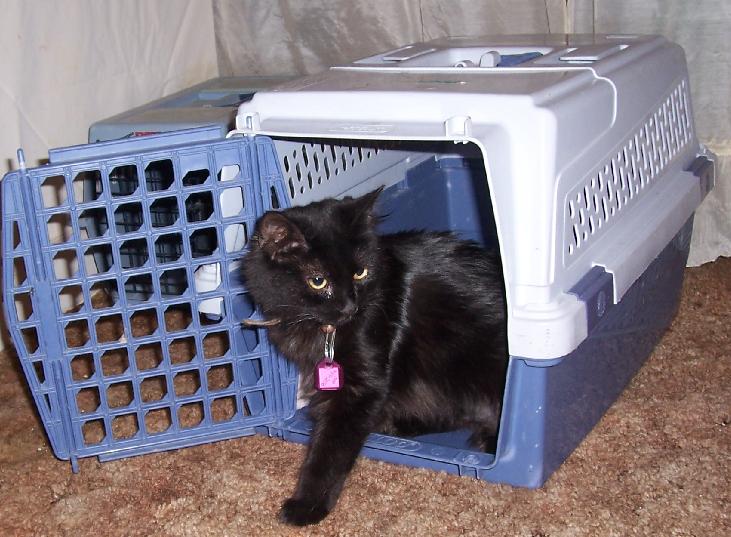This article has been shared around the Internet pretty extensively, so I am going to take a chance that it's OK to post it here, so more people can read it. The message is substantial and worth repeating. If any "copyright issues" crop up and I have to remove it, I will. But I suspect the author would rather have this message continue to be shared. So, enjoy, and send others here to read it, too:
Do Animals Have Souls?By Stacy Mantle
I was talking with a coworker the other day and he informed me that animals do not have emotions. This is just after he told me (the day that I put my dog of 17 yrs down) that animals do not have souls and therefore will never enjoy the concept of heaven. Animals do have emotions and they also have souls, and I'll tell you how I know that.
In over twenty years of working with animals, I have never seen a kitten duct-tape a live human baby to a freeway.
I also have never seen a cat find enjoyment from setting a human on fire.
I've never gone hiking in the desert to find a child that dogs have left tied to a stake, without food and water, subjecting it to a painful death in the desert heat.
I have never seen a chicken force two unwilling humans to fight in a ring with razor blades attached to their feet while the chickens place bets on who will be the first to die.
I haven't seen a puppy place eight children in a gunnysack and drown them in a river.
Neither have I seen an eagle aim a shotgun at an unarmed human.
I have yet to see a bear kill a human simply to place a head on the wall of their cave.
And to this day, I have not seen a pigeon drive a car down the road and aim for humans who were walking around the park.
Let me tell you what I have seen.I have seen my own cats sleep next to me so they may keep me a little warmer while I was ill.
I've seen my dogs play games with me just to force a smile to my face.
I have seen a cat rush into a burning home not once, not twice, but six times to save her kittens, nearly losing her own life in the process.
I have seen a ferret pull a frightened kitten out of a deep hole in the ground.
I have seen a coyote fetch another dog so that it may get the proper medical care that it needs.
I've seen a dog, who loves to jump on people, avoid jumping on me when I injured my back.
I've seen elephants cry.
I've seen monkeys scream in empathy when one of their own were injured.
I've seen puppies whine all night long when they were separated from their mothers.
I've seen a dog pull a child away from a fire.
These are only a few of the things that I've seen.
To list them all would take a lifetime, and I think you get my point.
As for the soul thing?
Well, it is my humble opinion that if you have emotions, any kind of emotions, then you have a soul.
Now, I can't prove that animals have souls. But then, I can't prove that you or I have one either.
And for all those people who firmly believe that animals don't have souls - well, I suppose if there really is a heaven, you'll probably have the job of cleaning out all the litter boxes.......
_________________________________________
And here are a few things I've seen, too:
I've seen a dog pull an injured dog off a busy highway, not with his teeth, but with his front legs wrapped around the other dog's shoulders.
I've seen cats bring food to another cat that was too sick or injured to get their own.
I've seen cats and dogs act as guides for other cats, dogs, goats or horses that were blind.
And cats are well known for raising orphan animals, not just kittens, even when they themselves could not nurse them. I've had some of them at my own rescue shelter, too.
As Ms. Mantle said above, the list could go on and on...

